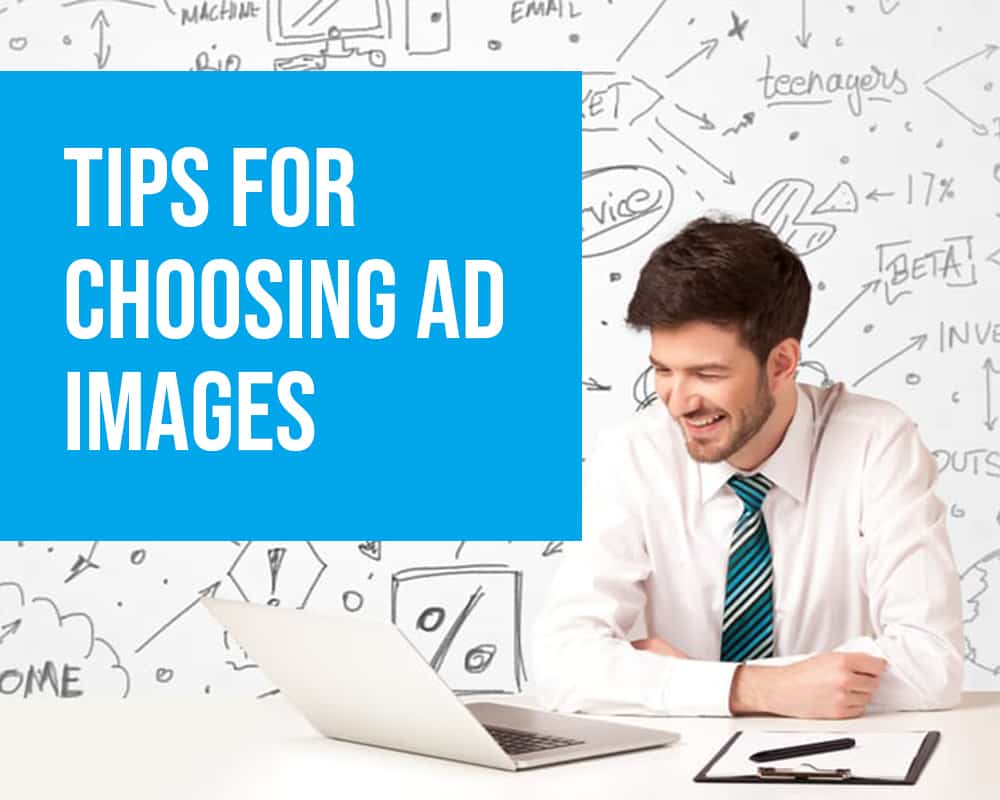Pictures perform. According to BuzzSumo, images net online marketers more than 2.3 times the engagement on Facebook than posts that don’t come with visuals. It’s not a surprise that choosing the right images is a critical part of the ad process. Check out these tips for selecting the best images for your ads.
1. Pay Attention to Color
Choose images that are eye-catching and impactful, which means paying attention to color. It’s often best to select pictures that include mainly one or two colors with a few accents because those are simple to process and draw the eye. Remember that ads are viewed on all types of screens, and a rainbow-imbued, complex image that plays well on a large monitor may only look like a confusing swirl when it’s reduced to a smaller size.
Some other considerations when choosing colors include:
- Whether the hues match your brand; if you’re creating a visual look that’s instantly recognizable for branding purposes, your ad image colors should keep pace with that
- That the image colors match or at least don’t clash with other elements in your ad, such as the color of the font
- Whether or not the colors convey the right feeling; bright yellows and oranges convey energetic hope or playfulness, for example, and might not be the right choice if you’re advertising something more somber
2. Choose Images with a Focus
If a myriad of colors can be confusing, so can a busy image. You don’t want the user to play Where’s Waldo to find the meaning in your ad image. Make it to-the-point: A single flower is likely to perform better than an entire field; a hand reaching out to help someone may be a better option than 30 people in line at a mission door.
Ask yourself: What do you want the person to think immediately upon seeing your ad, and what individual option or image conveys that best?
3. Opt for Images with People When Possible
Human elements in your images add a human touch to your advertisements. However, entire human bodies don’t always work well, so consider including faces, side profiles or just parts of the body, such as a hand or foot. If you can include human elements that demonstrate your products or services at work or being used by real people, you can inspire additional trust in the user.
4. Balance Quality with Size
Award-winning photojournalism has a place, but it’s not in ads. Yes, you want good-quality images. If your ads are grainy, washed out or otherwise unprofessional-looking, it can impact the trust you’re trying to build with consumers.
At the same time, if you use images that are too big in size, they can delay the speed with which your ads load or cause ads not to fit properly on mobile screens. That reduces the chance that the user sees or interacts with your ad at all. For the purpose of display advertising in emails, Jeeng recommends images that are no more than 1MB in size.
For more helpful information on choosing the right ad format for your email, push and web advertising check out our best practices infographic: Choosing the Right Ad Format. If you have more questions, feel free to contact Jeeng today!

